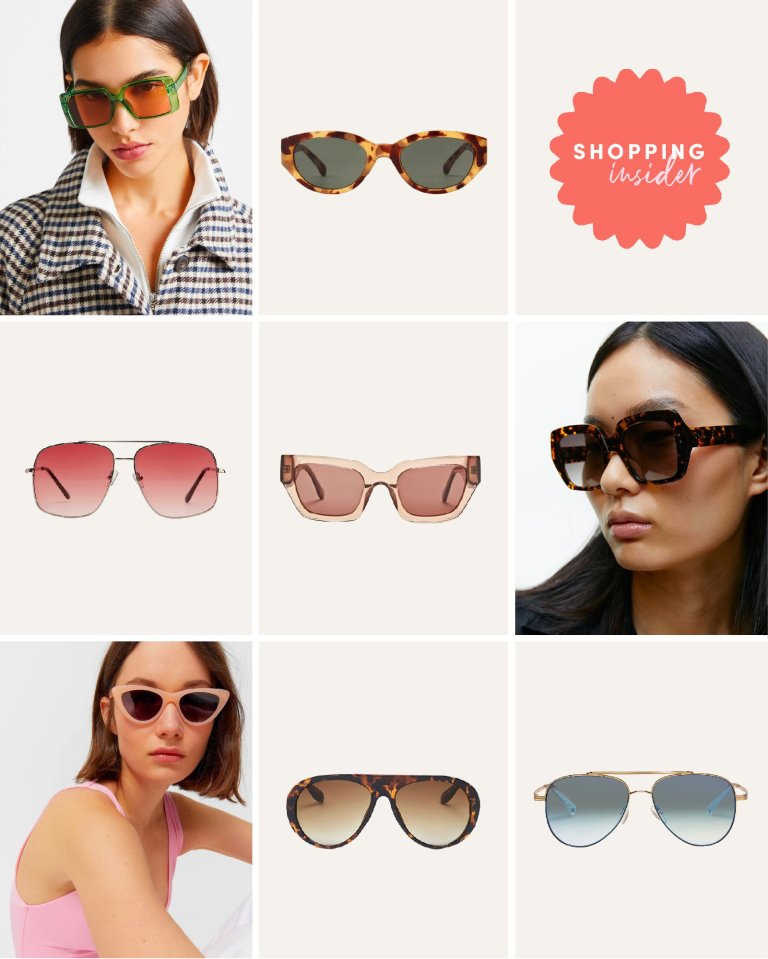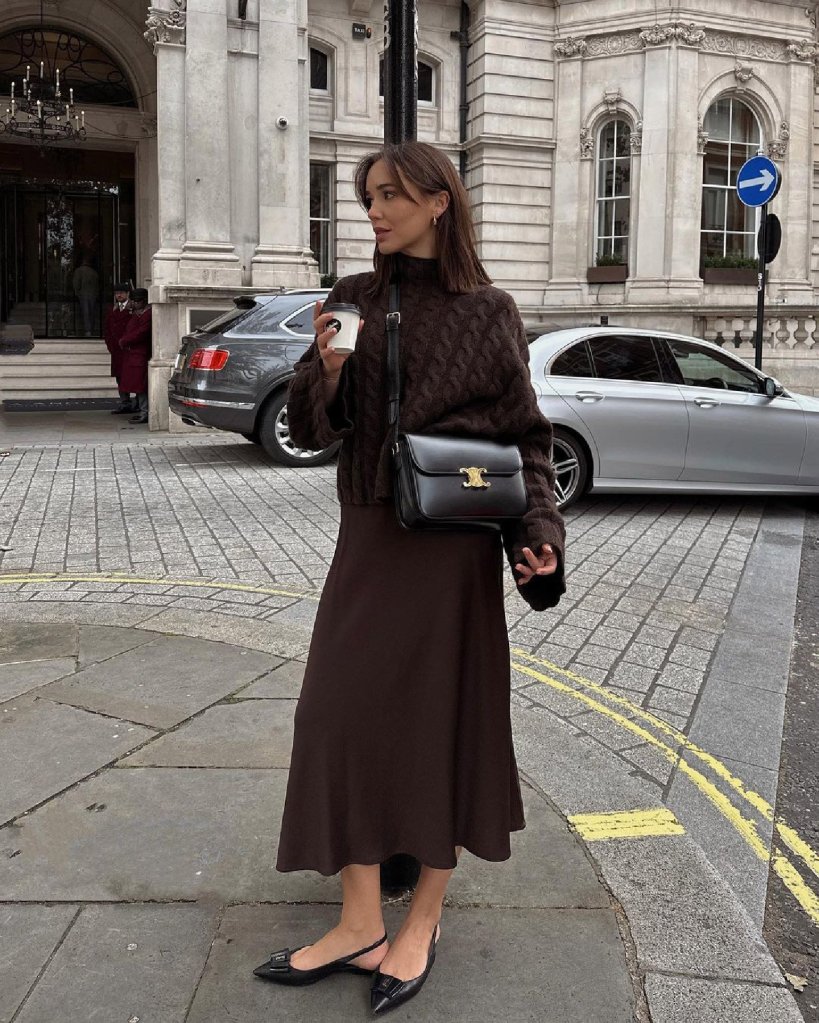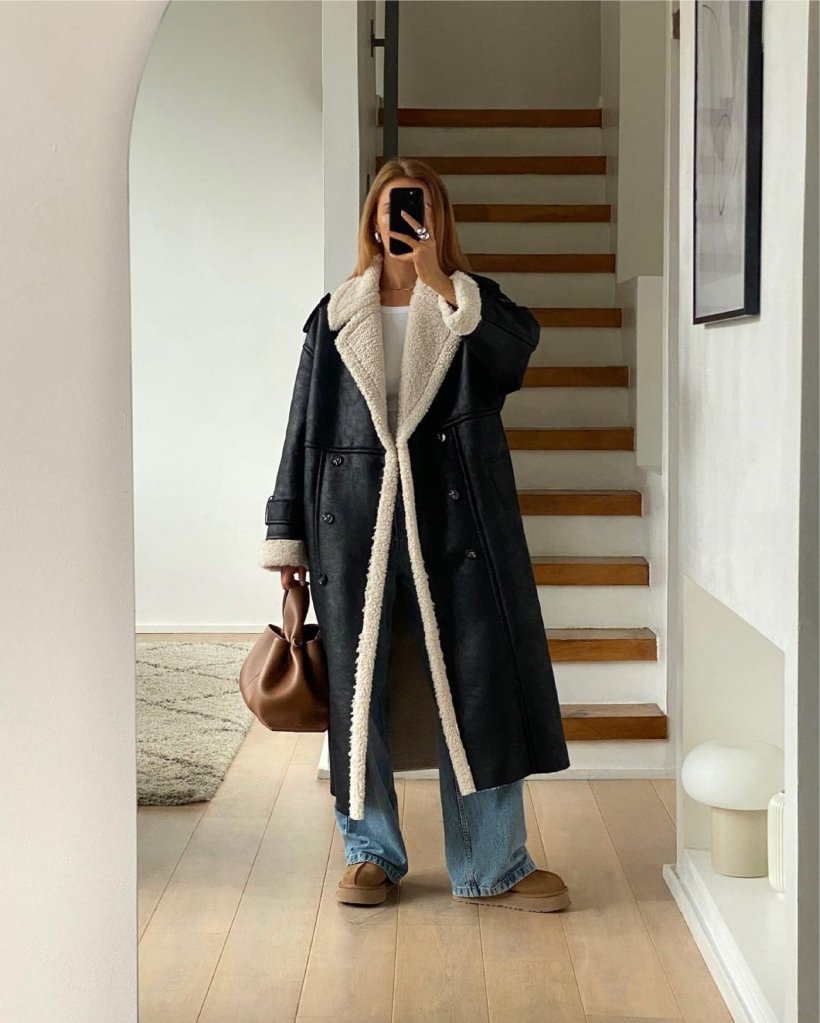A great pair of sunglasses is not only an influencer’s go-to accessory, but a summer essential we all need in our handbags. But let’s face it, finding a pair that suits everyone is a nightmare. Round, oval, heart, angular – all of our face shapes are individual to us, so naturally every face suits some sunnies more than others.
Maybe like me you’re guilty of shopping for sunglasses at the airport, walking through duty free and being lured into trying on every pair you can get your hands on, only to panic buy or give up altogether and wish you’d thought about it before the trip.
But, thankfully, keeping a few tips in mind will help you find the right pair and avoid any last-minute stress. Whether you’re sunglasses-obsessed like me, and always tempted by a new pair, or if you’re on the hunt for a forever pair to wear all year round.
How do I work out my face shape?
Often, it’s seven different face shapes that come up the most – oval, round, heart, diamond, triangle, square and rectangle – but fear not, this is by no means a strict nor a definitive list. Like clothes sizes and body shapes, you might be a combination or somewhere in between.
If you want to be super precise, you can measure different parts of your face:
- The width of your face from ear to ear.
- Between the top of your forehead and your chin.
- The width of your forehead.
- The width of your jawline at its widest point.
Otherwise, look to those elementary shapes and simply use your own judgement. Keep in mind the lines of your face and where they might be curved or more angular.
What are the different face shapes?
Oval faces: are taller than they are wide, so measurement [1] will be smaller than measurement [2]. The lines of your face are more likely to be gently curved, with the forehead and chin slightly narrower and cheek bones more pronounced.
Diamond faces: have similar proportions to oval face shapes, but with more pronounced angles, so cheekbones and chin will be more defined like an angular diamond.
Round faces: are more circular, so measurement [1] and measurement [2] will be relatively similar. The angles of your face will be soft and curved.
Heart faces: are wider at the forehead than at the jawline, so measurement [3] will be larger than measurement [4]. Like a heart, your chin might finish in a small point shape and your face will have a mix of curved and straight lines.
Square faces: have more angular lines, so look out for a broader jawline. All of the measurements should be fairly similar.
Rectangular faces: have angular lines too, but like an oval will be taller than they are wide, so measurement [1] will be smaller than measurement [2]. Again, you’ll likely have a stronger jawline and forehead, and a longer face.
Triangle faces: have angular lines but are more defined at the jawline and more narrow at the forehead so measurement [4] will be wider than measurement [3].
What effect do I want my sunglasses to have?
The main thing to think about when picking your sunglasses is contrast (or lack of!) Do you want to accentuate your features for a dramatic look, or do you want to create balance for more of a classic look?
How do I match my sunglasses to my outfits?
Then it’s time to work out what colours you’d like for the frames and lenses. Do you want your sunglasses to coordinate with your wardrobe, or will they be a stand-out hero item. Classic tortoiseshell shades and black sunglasses are never far away from a chic, minimalist wardrobe and will go with everything. But, if you’re off on a summer holiday, you might be tempted to go for bolder sunnies: think bright colour pop frames or neon lenses.
How much should I spend on sunglasses?
There’s been lots of chat here in the Eliza office about whether expensive sunglasses are worth the investment. Whether you’re notorious for breaking them or magically keeping them pristine.
Of course, sunglasses are a practical item (we can’t forget they’re meant to be protecting our eyes!) but let’s be honest, they’re also a style symbol. However, you don’t need a designer logo, or to spend hundreds, for a pair that looks expensive and will effectively protect your eyes from harmful UV rays.
There’s some great sunglasses brands emerging that have loads of fun options, but won’t cost a fortune either. My go-tos are Le Specs, Izipizi, and Quay – the latter of which you might have spotted on Love Islanders wearing the new collab.
Should I go for polarised sunglasses?
One thing I wax lyrical about are polarised lenses. Not the be-all-and-end-all for wearing in the UK, but if you’re off to the ski slopes or a super sunny beach they’re a no-brainer. Why? The way they’re laminated removes overwhelming glare from hitting your eyes, so instead of light reflecting off super bright surfaces around you and ruining your vision, you can actually see!
The best sunglasses for each face shape
Sunglasses for oval faces
Oval faces will suit lots of sunglasses styles, depending on whether you’re after subtlety or a statement. If you want to emphasise your cheekbones go for rectangular or geometric sunglasses. Or, if you’d like a more subtle and gentle look, go for rounded or aviator styles that will complement the curved lines of your face.
Top tip: Look for frames that are as wide as your face’s widest point, across the eyes. From rectangular to aviators, slightly oversized styles will create balance across your face. Rather than showing too much of your temples which will inadvertently make your face look wider than it is. Avoid narrow frames, as they’ll make your face appear much longer than it is too.
Shop the edit
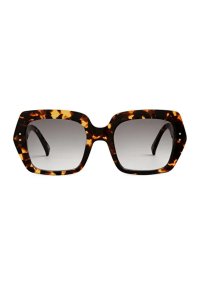
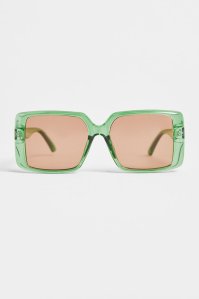
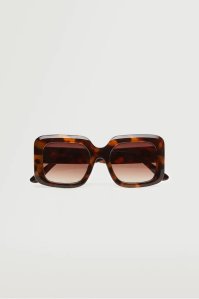
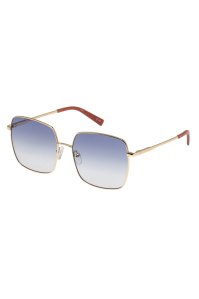
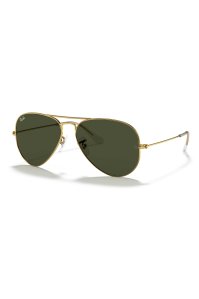
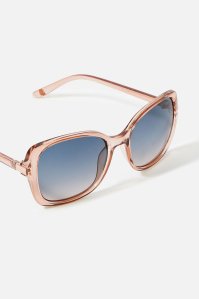
*Eliza may earn commission on sales from these product links
Sunglasses for diamond faces
Similar to oval faces, diamonds will complement lots of sunglasses and are best with styles that are slightly oversized. But to balance out the more pronounced angles of the diamond shape, look for XL sunnies with slightly curved edges or a soft cat eye shape.
Shop the edit
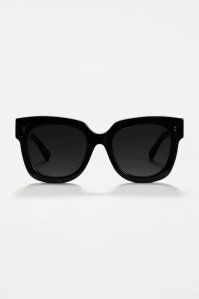

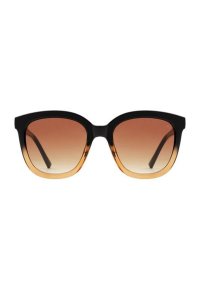
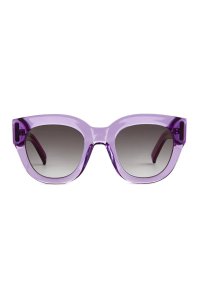
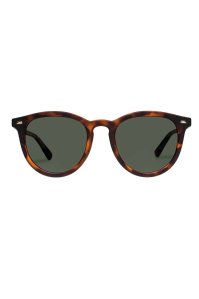
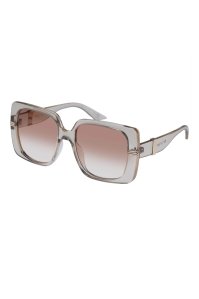
*Eliza may earn commission on sales from these product links
Sunglasses for round faces
Finding sunglasses to suit round faces all centres around complimenting the soft curves, full cheeks and chin. If you’re looking to add definition then turn to rectangular or asymmetrical sunglasses which will add contours and make your face appear longer.
Top tip: Try a cat-eye or D-frame to highlight your cheekbones, as the upswept shape will draw attention to your eyes.
Shop the edit

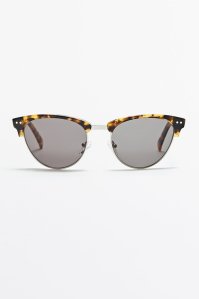

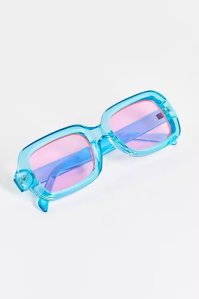
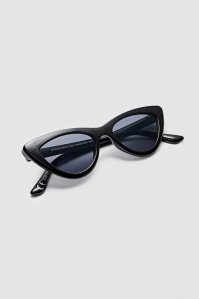
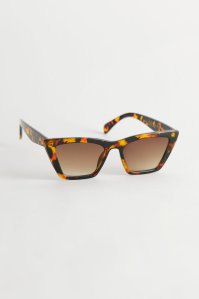
*Eliza may earn commission on sales from these product links
Sunglasses for heart-shaped faces
For a heart-shaped face, find a pair of sunglasses that will compliment both the soft and the straight lines of the face shape, bringing balance to the point of the chin and the width of the brow area. Cat-eyes, D-frames and aviator styles work really well for this, as they’ll make the chin appear softer and draw attention away from the forehead.
Top tip: Try a winged frame: slightly wider than the forehead, with a rounded and bottom-heavy base. This will create a bit more width to balance out a narrower chin and draw attention towards your eyes.
Shop the edit
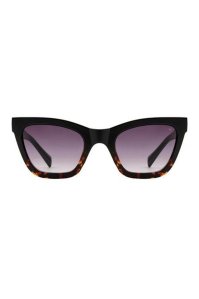


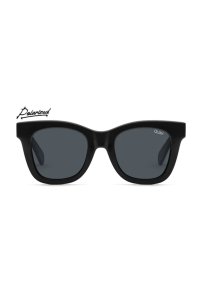
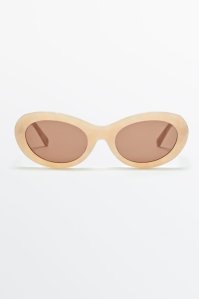
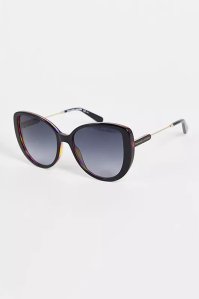
*Eliza may earn commission on sales from these product links
Sunglasses for square faces
If you want to balance out angular lines, look to round sunglasses and aviators, or butterfly and cat eye styles with curved edges. If they’re a bit wider than your face, they’ll add some soft contrast to your cheeks, forehead and jawline which tend to be similar in width. Or for the complete opposite look, and an edgier choice (literally!), commit to square shapes that will compliment your defined structure.
Shop the edit
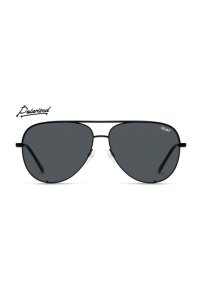
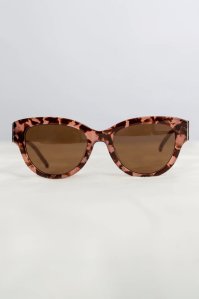


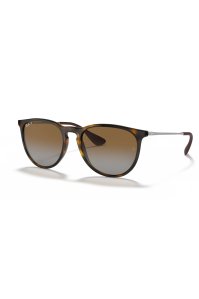

*Eliza may earn commission on sales from these product links
Sunglasses for rectangular faces
Similar to square faces, you have a choice with rectangular faces to either soften out your angular features with curved sunglass shapes or emphasise them more with geometric styles.
Top tip: Balance out the longer length of your face shape with sunglasses that have a prominent brow line instead of narrow frames.
Shop the edit
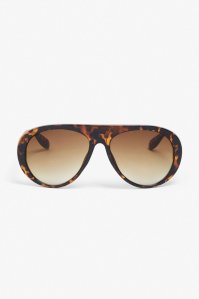
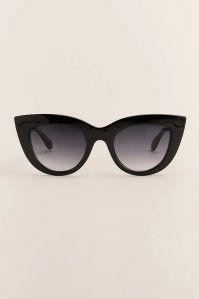
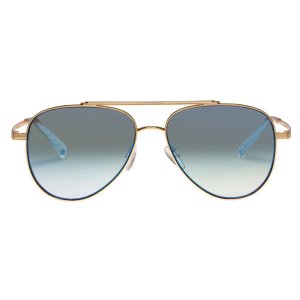
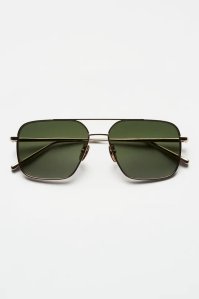
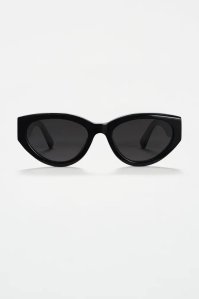
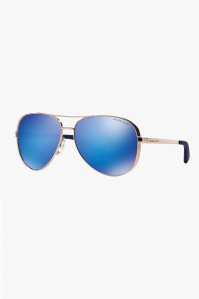
*Eliza may earn commission on sales from these product links
Sunglasses for triangle shapes
Defined D-frames and oversized cat eye styles are great for triangle shaped faces, as the shape (broader at the top and more subtle at the bottom) is an inversion of your tapered face shape (a defined jawline and narrower forehead).
Top tip: Depending on how striking you’d like your sunglasses to be, play around with straight lines and curved lines. The more angular the sunglasses, the bolder the statement!
Shop the edit
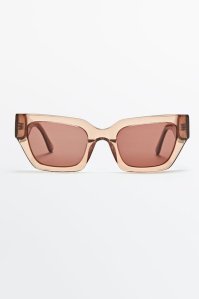

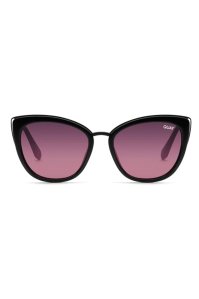
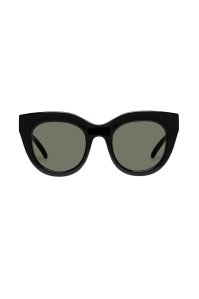

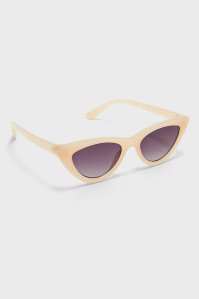
*Eliza may earn commission on sales from these product links
